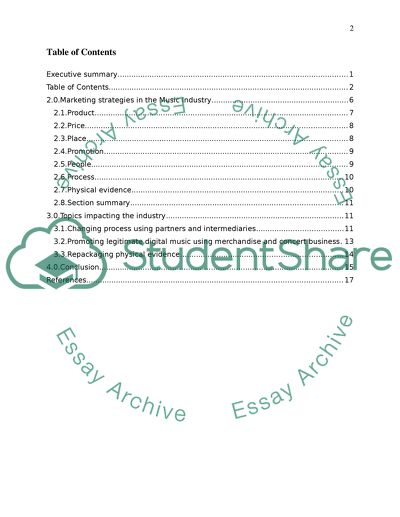Cite this document
(“International and strategic marketing Essay Example | Topics and Well Written Essays - 4000 words”, n.d.)
Retrieved from https://studentshare.org/marketing/1398083-international-and-strategic-marketing
Retrieved from https://studentshare.org/marketing/1398083-international-and-strategic-marketing
(International and Strategic Marketing Essay Example | Topics and Well Written Essays - 4000 Words)
https://studentshare.org/marketing/1398083-international-and-strategic-marketing.
https://studentshare.org/marketing/1398083-international-and-strategic-marketing.
“International and Strategic Marketing Essay Example | Topics and Well Written Essays - 4000 Words”, n.d. https://studentshare.org/marketing/1398083-international-and-strategic-marketing.


